 SO YOU THINK you’re familiar with marigolds and zinnias? Well, it’s time to take another look, I think, as I have been longingly in the seed list from Oregon-based Peace Seedlings.
SO YOU THINK you’re familiar with marigolds and zinnias? Well, it’s time to take another look, I think, as I have been longingly in the seed list from Oregon-based Peace Seedlings.
Among their offerings are multi-toned zinnias in shades you won’t have seen before, with names like ‘Day Glow Mix,’ and ‘Rainbow Eyes.’
And there’s a selection of not just at any little old marigold, like the ones in the garden center cellpacks—but instead extravagant 3- and 4- and even 6-foot-high plants loaded with flowers for cutting, or shrubby ones like ‘Red Metamorph’ that could form a beautiful garden hedge if planted in a row, or even a 10-footer that’s also known as Mexican tarragon, whose leaves are harvested as a culinary herb. Who knew?
Dylana Kapuler and her partner, Mario DiBenedetto, founded Peace Seedlings in 2009, after helping Dylana’s parents, Alan and Linda Kapuler, with their longtime seed-breeding project called Peace Seeds. They have built on the legacy of Alan’s decades of organic seed breeding, and I was so glad to speak with them from Corvallis, Ore., to talk about some of that continuing work.
Read along as you listen to the April 21, 2025 edition of my public-radio show and podcast using the player below. You can subscribe to all future editions on Apple Podcasts (iTunes) or Spotify (and browse my archive of podcasts here).
the extra-colorful world of peace seedlings
Download file | Play in new window |
Subscribe: Apple Podcasts | Spotify
Margaret Roach: Hello to you two. It’s so good to reconnect. I always love looking at your list every year. I think the first Kapuler-bred thing I got addicted to was so many years ago, I hate to admit [laughter]. It was something of your father’s, Dylana. It was called ‘3-Root Grex’ beet, which you still sell, and each packet yielded beets of three possible colors, I think pinkish-red and orange and gold. And he was one of the great and most innovative seed breeders of the modern era, I think, especially among the organic seed breeders. And I know you lost him and we all lost him in the end of 2023, but the work lives on, yes? You two continue.
Dylana Kapuler: Yes. Well, he would be thrilled to hear you, unbelievably thrilled to hear you say that. You speak so sweetly of him. And yeah, the ‘3 Root Grex’ beet is kind of the rainbow, rainbow of beets, kind of like the ‘Rainbow’ chard of beets, but an interbreeding population creates so many different types of beets, more than just the three colors, but all the different shades mixed together. And it’s inspired us to do that with a lot of different crops and see what the interbreeding of different things can lead you to ultimately.
Margaret: Yeah. So he had interest in a lot of different crops, and a couple of the things I mentioned in the introduction were marigolds and zinnias. And first we should probably say it’s not too late sow either one, no matter really where you are, because I mean, I think you guys probably sow successions of some of these at your farm.
Mario DiBenedetto: Oh yeah, yeah. We keep planning until about June, especially with the marigolds. To have them for late flowering for Dia de Los Muertos and generally fall flowers, they’re best when sown late.
Margaret: So again, as I also said, in the introduction, your marigolds for example, don’t really look like the marigolds in the cellpacks [laughter], like “Little Gem’ or ‘Tangerine Gem,’ the Signet types or whatever, those little guys, which are adorable. But this is a different beast. So tell me a little bit about how did you end up with all these big marigolds, and what’s the direction, and what goes into making a marigold?
 Dylana: Well, my Dad had been extremely fond of marigolds from all of his gardening, but then got his hands on a few different marigolds in—I don’t know, it’s hard to know exactly—but I know early nineties he got really into marigold breeding. And he got his hands on the classic marigold, which is called ‘Pinwheel.’ And he found old drawings from old seed catalogs that showed that it was from maybe even mid-1800s or early 1800s. And he was just fascinated by it—and ‘Pinwheel ‘isn’t like a really tall marigold, but it’s not like a tiny bedding plant.
Dylana: Well, my Dad had been extremely fond of marigolds from all of his gardening, but then got his hands on a few different marigolds in—I don’t know, it’s hard to know exactly—but I know early nineties he got really into marigold breeding. And he got his hands on the classic marigold, which is called ‘Pinwheel.’ And he found old drawings from old seed catalogs that showed that it was from maybe even mid-1800s or early 1800s. And he was just fascinated by it—and ‘Pinwheel ‘isn’t like a really tall marigold, but it’s not like a tiny bedding plant.
So he found that, and then got his hand on another medium-sized marigold, and started doing some crossing. And then it led him down the road of finding all these in-betweens and then doubles and singles.
And he had some different varieties that when we started gardening with him, we were impressed by them, and the size of the plant, the stature, the stiffness of the stem. And in our work doing some bouquets for market and different stuff like that, we realized, “Oh, this is a whole…” And having more double flowers at market—doubles just last a lot longer than single flowers in a bouquet or on a plant. So we started selecting for those a lot.
Margaret: So some of them have years of background. It sounds like it takes a long time; it doesn’t just happen overnight. And these are all, we should probably say—besides that you farm organically—these are also, I believe your father used to call it open-source seeds. Is that what he used to say? Open-source seeds?
Mario: He actually started with public domain.
Margaret: Public domain, O.K. [laughter].
Mario: Yeah, that was his take on it, which at the time, the only other similar thing was sort of open-source software, but for whatever reason he liked the terminology public domain.
Margaret: So these were not patented where it was like a trademark, so to speak, none of this kind of thing.
Mario: No, and I think, yeah, I remember him talking about how with the original ‘Pinwheel’ that there was a story where someone actually had tried to patent that, and that’s where they realized it was such an old marigold. Someone pulled out an old painting that depicted ‘Pinwheel’ exactly. And it was maybe what was the defining factor for this case, of someone trying to patent it: It was proved that it was already there.
And a lot of people wonder what is public domain? And it’s as simple as that’s what heirloom seeds are. A lot of people know what an heirloom variety is, something that’s passed down for generations, and anyone can grow that. It’s all really public domain is, it’s nothing fancy, but it’s putting it out there in a context of this isn’t patented and you can’t patent it, because it’s been put into the public domain.
Margaret: Right. So tell me about a couple of examples. One that I mentioned in the introduction is the one that’s grown as an herb, really, I think you pronounce it wah-coo-TIE, it’s spelled like Huacatay, and it gets to 10 feet tall, I think.
Mario: Yeah, Tagetes minuta. It’s pretty hilarious that the species is minuta.
Margaret: Minuta: little! [Laughter.]
Mario: Yeah, it’s because it does have a very tiny flower, and common names can be confusing. It is sometimes called Mexican marigold or black marigold, although I thought the Mexican tarragon was actually Tagetes lucida, which is actually a shorter plant, also a small flower. But common names can be thrown around, so that might also be the case, but in case someone’s looking and gets confused, that might be also- [laughter].
Dylana: Those two are some of the marigolds where we’ve done less of our own hands-on breeding, because they’re such… They’re both used traditionally as herbs, where they come from.
And the Tagetes minuta, which you first mentioned, the Huacatay, is a Peruvian herb that is used to make this Huacatay sauce that is this amazing sauce in Peru mostly, and I’m sure a lot of different parts of South America. But the sauce that they make with the ahi pepper and lime and the marigold leaves and it creates this really amazing… And sometimes they add cream or cheese and it’s this really delicious cream sauce. There is nothing really like it in our cuisine, I mean, it’s its own thing. It’s delicious. And the marigolds have a lot of different medicinal properties for health and immune systems.
Mario: And Mushroom—Alan Kapuler, Dylana’s Dad, goes by Mushroom, in case people are confused there [laughter]—he had originally started growing it. I think it had been also touted as a nematodal insecticide. So people would grow that to keep some of the different nematode pest issues at bay, which it also has lore for. People would plant it around their houses to keep ticks and all sorts of things like that away, that it allegedly was effective at discouraging.
Margaret: So tell me, each one of you, tell me one that among the ones grown for more ornamental purposes or for cutting, tell me one example that you each particularly like.
Dylana: Well, I’m pretty excited about the ‘Sunbright Mix’ [above]. We just started offering that this last year, and it’s about 3-foot shrub, and it’s a mixture of oranges and yellows and all doubles. We’ve pretty much selected most of the lines that we started offering in the last handful of years as all doubles. We also really love to make marigold leis [below], so having the double flowers just makes for really full beautiful leis that dry great, but also stay fresh for days and are just… It’s fun to surround yourself in that fragrance and beauty. And these shrubs, as I say, are oranges and yellows. It’s a pretty beautiful mix, and creates a great, as you were saying, garden border and makes for great stems for cutting.
Margaret: O.K., so that’s the ‘Sunbright Mix.’ What about you?
 Mario: Yeah, it’s always hard to find a favorite. I mean, I love them all really. I mean the ‘Burgundy Bliss,’ I think it was the first line that we offered. We had been able to pull out this double burgundy marigold, and they get to be sort of 5 feet tall. I mean, they’re borderline getting crazy-tall, in terms of having them in your garden in the fall. You have to know where to put them. A strong storm can whack them down, but at the same time they make so many amazing flowers and they are just impressive. A lot of people really love to blow their neighbors away—that’s what I get a lot from people who grow them just because nobody’s seen a marigold that tall.
Mario: Yeah, it’s always hard to find a favorite. I mean, I love them all really. I mean the ‘Burgundy Bliss,’ I think it was the first line that we offered. We had been able to pull out this double burgundy marigold, and they get to be sort of 5 feet tall. I mean, they’re borderline getting crazy-tall, in terms of having them in your garden in the fall. You have to know where to put them. A strong storm can whack them down, but at the same time they make so many amazing flowers and they are just impressive. A lot of people really love to blow their neighbors away—that’s what I get a lot from people who grow them just because nobody’s seen a marigold that tall.
And the Tagates erecta, which is like ‘La Ribera,’ and commonly in the garden magazines, they call them African marigold, which is sort of deceiving, since they are technically South American. But those have been taller for a while. Down in Mexico, for Day of the Dead, they’re traditional; they picked those flowers when they’re 4 or 5 feet tall, so those are more traditionally tall.
But there wasn’t a Tagetes patula until Alan started doing some of his hybridizing and they got that tall. So the ‘Burgundy Bliss,’ having that super-tall burgundy flower, was pretty original and one of a kind. The Tagetes erecta mostly come in just yellows and oranges and you can’t get that burgundy color.
And ironically, the erecta and patula do occasionally cross, but they make a sterile triploid. So we’ve gotten these unique marigolds where you’re like, “Wow, that’s a hybrid.” But time and time after again, they never make seeds again. So I think that was sort of a breakthrough. Getting that super-tall, rich burgundy flower was definitely an original one-of-a-kind thing.
Margaret: That’s great.
So let’s just shift to zinnias, which again, another one where everybody knows them. Everybody’s grown them—every beginning gardener even, because they’re cooperative and colorful and long-blooming and so forth. The ones that I’ve seen pictures of on your website and that I’ve looked at it, the colors, it’s like these concentric circles as I look at the flower, down at the flower, it’s like these… I don’t even know what you call it [laughter]…the rings in the bullseye or something, but these just beautiful different colors within a single flower. I mean, how did that even happen? Where does that all come from?
Mario: Good question.
Dylana: Well, we got a notion early on that maybe the Zinnia haageaga would enter hybridize with Zinnia elegans. And so we planted an epic pretty massive spiral of the two species inter-spiraling. And they’re like, well, if we really could get the best way to get this to work is maybe if we spiral them together, the be will just get so lost in the spiral. They’ll just end up working from one species to the other.
Because I don’t know, maybe not a lot of people have realized, but a lot of bees, when they start going for a flower, they’ll really work one species for a while, and get focused on it. And we don’t always watch the bees enough to notice that. But certain of the native pollinators are especially programmed to do it. They’ve been doing it for centuries. I know at least over here on the Pacific Northwest in the Willamette Valley here, we talk to bee people and they’re like, “Oh yeah, there used to be a species of bees for pretty much almost every native flower, and they would really hyper-pollinate the species that they were evolved to pollinate.”
Margaret: Wow.
Dylana: So we don’t have honeybees at our garden. Of course, honeybees come and visit, but we have a lot of bumblebees, and a lot of other types of small native pollinators. So the spiral was our first welcoming of that concept. And then following all the things that we saw thereafter, really led us to a bunch of these multi-tone zinnias.
Mario: Which it was mostly one plant, after growing that and then just saving the seed, just completing cycles. That’s what a lot of times it is. And then paying attention. And I remember, it was one flower that we could tell looked unique. It wasn’t fully two-tone, but it had a little bit of a two-tone coloration, but it was in an elegans. So following that, and then just year after year, growing lots of seed, finding our favorites and doing it again and again and again led to that.
Margaret: I love the idea of planting in this spiral, and I just wonder what the bees think. And I use that, I know it’s an anthropomorphizing sort of thing [laughter], but what I just wonder what they think when they approach such a place that’s so floriferous and arranged like that. It must just be like, “Whoa, look at that. That looks delicious.”
So among the zinnias, are there some that… I also like some of the names–there was one called ‘Yell Fire,’ and there’s ‘Day Glow,’ and ‘Bundle of Joy.’ They’re very emphatic, effusive names. I love that. [Laughter.]
 Mario: And I mean Alan, he was really good at naming things, and he always worked on multilayered meanings. And so with ‘Yell Fire’ [above], that was one of our early ones. And when we’re originally collecting the seeds and just following lines, a lot of times it’s just describing things. So there was ‘Yellow Fire Fade,’ and then eventually after writing that 10 times, you start shortening it and there was ‘Yell Fire.’
Mario: And I mean Alan, he was really good at naming things, and he always worked on multilayered meanings. And so with ‘Yell Fire’ [above], that was one of our early ones. And when we’re originally collecting the seeds and just following lines, a lot of times it’s just describing things. So there was ‘Yellow Fire Fade,’ and then eventually after writing that 10 times, you start shortening it and there was ‘Yell Fire.’
And then at the time, Michael Franti put out a really powerful album called “Yell Fire!” and we’re like, this is a good name. We’re going to keep this. And that was something Mushroom also liked to do. He liked to pay homage to the music that was inspiring, and that also was politically or spiritually powerful. And so for that one, that’s how that one worked out.
Margaret: Dylana, I always wondered if your name came from a musical-.
Dylana: Oh, definitely.
Margaret: From a certain gentleman about whom a film has been made recently, perhaps?
Dylana: [Laughter.] Yes. I was definitely named after Bob Dylan, in essence, for sure.
Margaret: Yeah, I was a big fan, too. Am a big fan, too.
With the zinnias there, the colors just blew me away. And I saw—I think was it last year; I think at some point I saw that the great flower farmer Floret, Erin at Floret, she just went wild over your colorways in your zinnias. And she’s been doing a lot of zinnia breeding, and she’s very influential in the fresh-flower, the cut-flower, farm space.
Mario: We noticed for sure. Yeah, it was funny. At first she actually did a post talking about our peas, and it was sort of mid-summer and we’re like, weird: We’re getting orders for peas in July. This is weird. Maybe it was June, I don’t know.
Dylana: It’s different.
Mario: So then we looked it up, and now sure enough, she was doing it. And so in the beginning she didn’t really say anything. She was a customer, obviously; she was ordering the seeds. And so it was sort of fun.
We’re so checked out from that world, we just nothing against it, but we haven’t had the time. It’s not in our bandwidth right now to pay attention to all the social media of what’s happening. So yeah, it was fun to see what she was saying. And in a lot of ways, instead of I feel like talking about what you’re doing and really trying to promote what you’re doing, when someone else does it for you, it has even more power.
Margaret: It does. It’s more authentic feeling, I think.
Dylana: We’d rather be gardening. And so it’s nice when other people are like, “Oh, whoa, this is cool.” You’re like, “Oh, good.” It is cool. I mean, I thought it was cool, but of course I’m in the middle of it.
Margaret: Right. And you guys, you’re definitely, your catalog so to speak, is a list, doesn’t have pictures and stuff, it’s a list of your varieties and your website is likewise a list. And to send in my order, I put the money and my list of what I want in an envelope and I mail it to you. So you don’t spend a lot of time doomscrolling and getting engaged with the screen and all that [laughter]. You are out in the field, you’re doing the breeding, you’re engaged with the plants and with your children and so forth. And that’s your life choice. And it’s older-school in a way.
Dylana: Yeah, definitely. I mean, we pack all the seeds by hand, and we do all the packing, the cleaning, the selecting, the breeding and the whole bit. And that’s where we’ve decided to keep our time. But if anyone ever wants a paper catalog, we do print paper lists, and we send them to the people that order the year before.
We don’t have an ongoing mail-order list in terms of the people that have ordered in the past. But we do send a list to everybody who has ordered the previous year.
Margaret: So Mario mentioned peas, I think just then, and that’s another thing that I knew early on about the Peace Seeds’ and Peace Seedlings’ work, was peas of different colors and with just exceptional flavors. I’m talking about edible-podded peas in particular.
And the first one I knew was ‘Sugar Magnolia,’ kind of a popular one that people may now have seen elsewhere besides from you, that’s made its way into popularity. So peas is another thing. And that’s one that even though it may be too late right now to order a packet for spring growing in many places, fall peas I think are the best. And so just tell me a little bit about the range of color there, because again, it’s another color story going on.
 Dylana: Well, we’ve definitely… My Dad was a huge fan of Mendel and got very inspired by Mendel’s work and definitely wanted to whatever, uncork the mystery behind making edible purple peas. And like you said, that’s where ‘Sugar Magnolia’ came in.
Dylana: Well, we’ve definitely… My Dad was a huge fan of Mendel and got very inspired by Mendel’s work and definitely wanted to whatever, uncork the mystery behind making edible purple peas. And like you said, that’s where ‘Sugar Magnolia’ came in.
And then we used a bunch of the different varieties that he bred to continue down to fulfill that rainbow of peas that we had all been seeking out to figure out. And he made I guess one one yellow pea and the purple pea, and we used those to make this bunch of the ruby peas. So we have ‘Ruby Beauty’ and ‘Ruby Crescent’ and a few other different yellow peas, which we call opal because opal is more of a better descriptive for what they are.
And we’ve been really into hyper-tendril peas, so these tendrils that have a lot more curls than just one curl at the end to hold them up on a trellis. And that has made them a lot easier to grow as garden plant regardless of having wind or not. Most all of them are vines, and so they take a little bit of a trellis, but they definitely outperform in yield and quantity than any bush pea you could grow.
Margaret: Yeah, those extra tendrils, it’s hilarious. It’s unexpected if you haven’t ever tried one, and then you get one with the hyper-tendril trait and it’s like it really holds itself up on the support.
Mario: Yeah. They are pretty amazing. And we are working on the whole bush line as well, and continuing getting some more colors. We’re sort of on the mission to get a true red pea. The ruby was as red as we had gotten, but we’ve just the other year gotten to what we think is more of a real red is what I was calling it.
So there’s still more colors to unlock, and that’s the whole thing that we learned: You never know what you’re going to hybridize, like how we got the hyper-tendril pea in the first place was there was this bush pea called a parsley pea and instead of a tendril, it had leaflets instead of tendrils.
Dylana: Which was a great salad plant. And the hyper-tendrils also are delicious in salad when they’re super-young.
Mario: But yeah, who’d have known that crossing that parsley pea with a normal pea would make hyper-tendril? And there was no commercial variety out there that it was sort of an basically unknown trait, but has a lot of potential benefits.
So that’s what we’ve really pretty much almost every one of our new lines, except for maybe ‘Opal Beauty,’ has that hyper-tendril trait. And then trying to get as many diverse colors that hopefully also then correlate to different nutrition. A lot of what’s interesting about diversity of color and all that is it’s different nutrition, and that’s sort of the staff of life is that diversity.
Margaret: And sweetness. I mean, there’s a sweetness to a lot of them. Yeah, they taste different.
Well, we’ve of course used up our time talking about all these colorful and wonderful things to grow, all of which now of course I want to order [laughter]. But Dylana and Mario from Peace Seedlings, thank you so much for making time today, for coming in from the outdoors and talking about some of these things. I hope I’ll talk to you again soon. Thank you so much.
more from peace seedlings
prefer the podcast version of the show?
 MY WEEKLY public-radio show, rated a “top-5 garden podcast” by “The Guardian” newspaper in the UK, began its 15th year in March 2024. It’s produced at Robin Hood Radio, the smallest NPR station in the nation. Listen locally in the Hudson Valley (NY)-Berkshires (MA)-Litchfield Hills (CT) Mondays at 8:30 AM Eastern, rerun at 8:30 Saturdays. Or play the April 21, 2025 show using the player near the top of this transcript. You can subscribe to all future editions on iTunes/Apple Podcasts or Spotify (and browse my archive of podcasts here).
MY WEEKLY public-radio show, rated a “top-5 garden podcast” by “The Guardian” newspaper in the UK, began its 15th year in March 2024. It’s produced at Robin Hood Radio, the smallest NPR station in the nation. Listen locally in the Hudson Valley (NY)-Berkshires (MA)-Litchfield Hills (CT) Mondays at 8:30 AM Eastern, rerun at 8:30 Saturdays. Or play the April 21, 2025 show using the player near the top of this transcript. You can subscribe to all future editions on iTunes/Apple Podcasts or Spotify (and browse my archive of podcasts here).




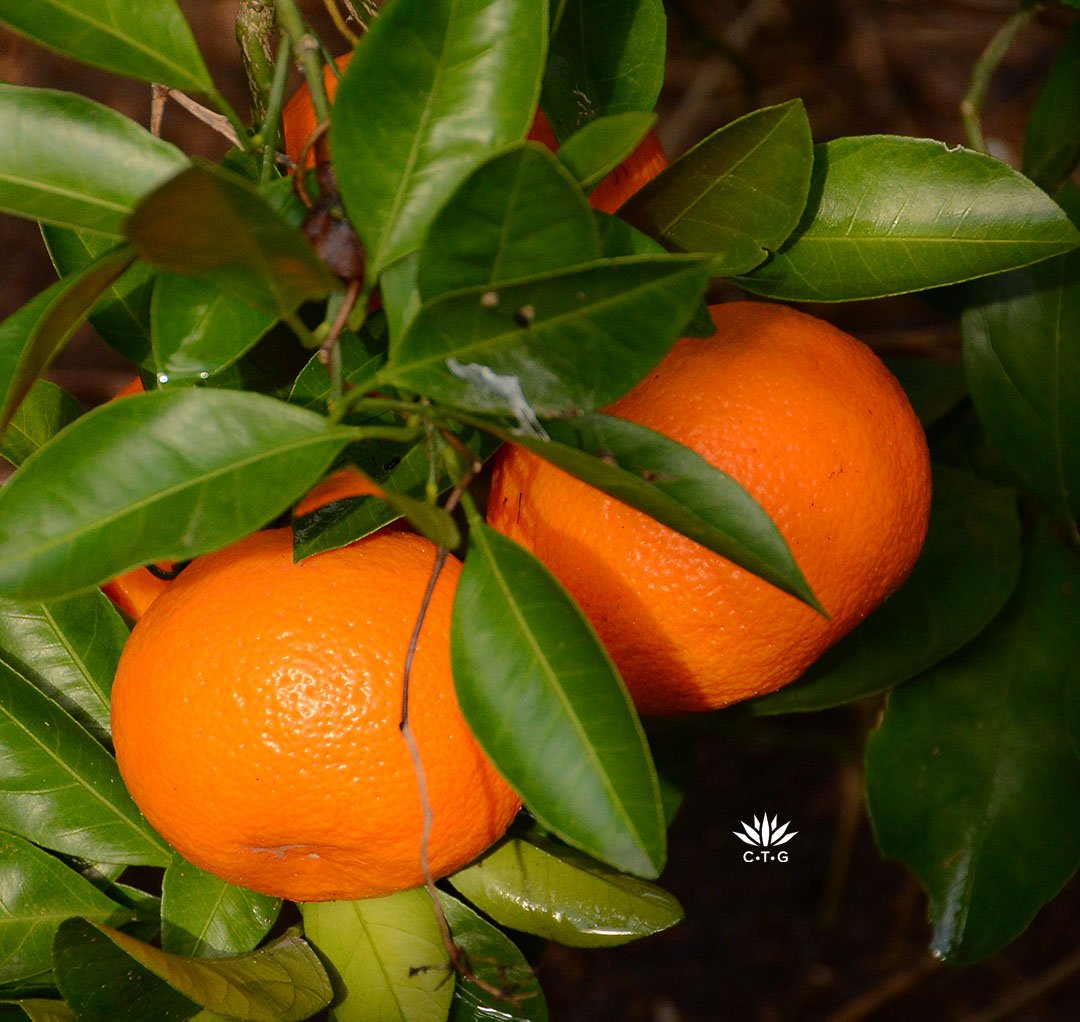



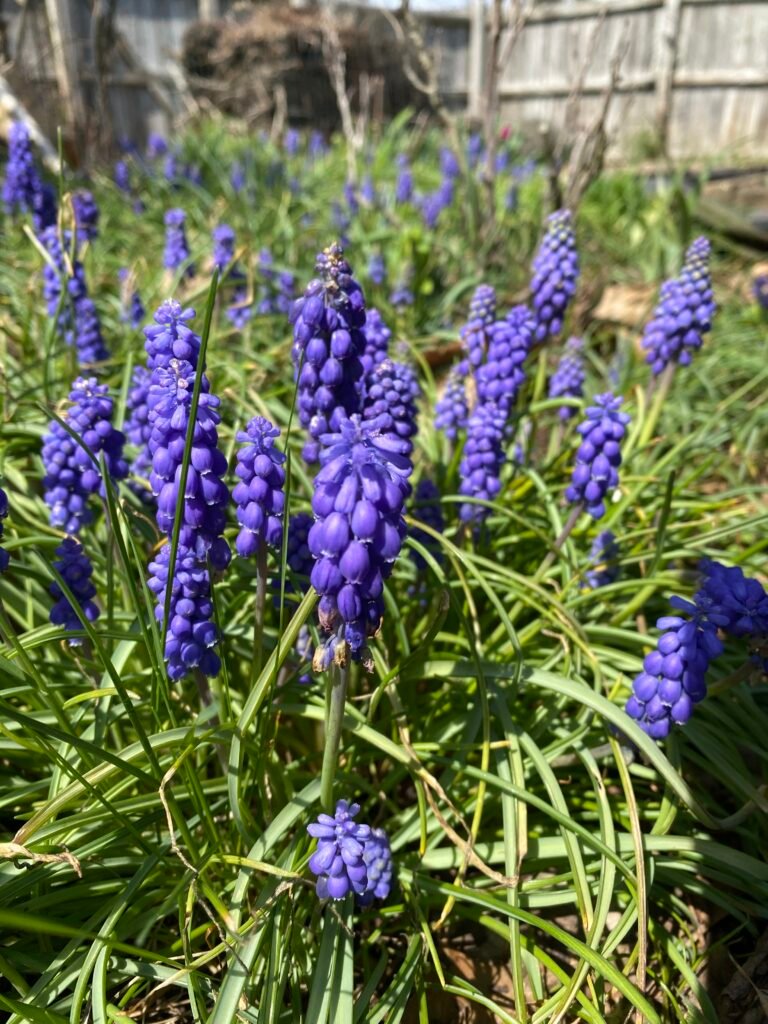
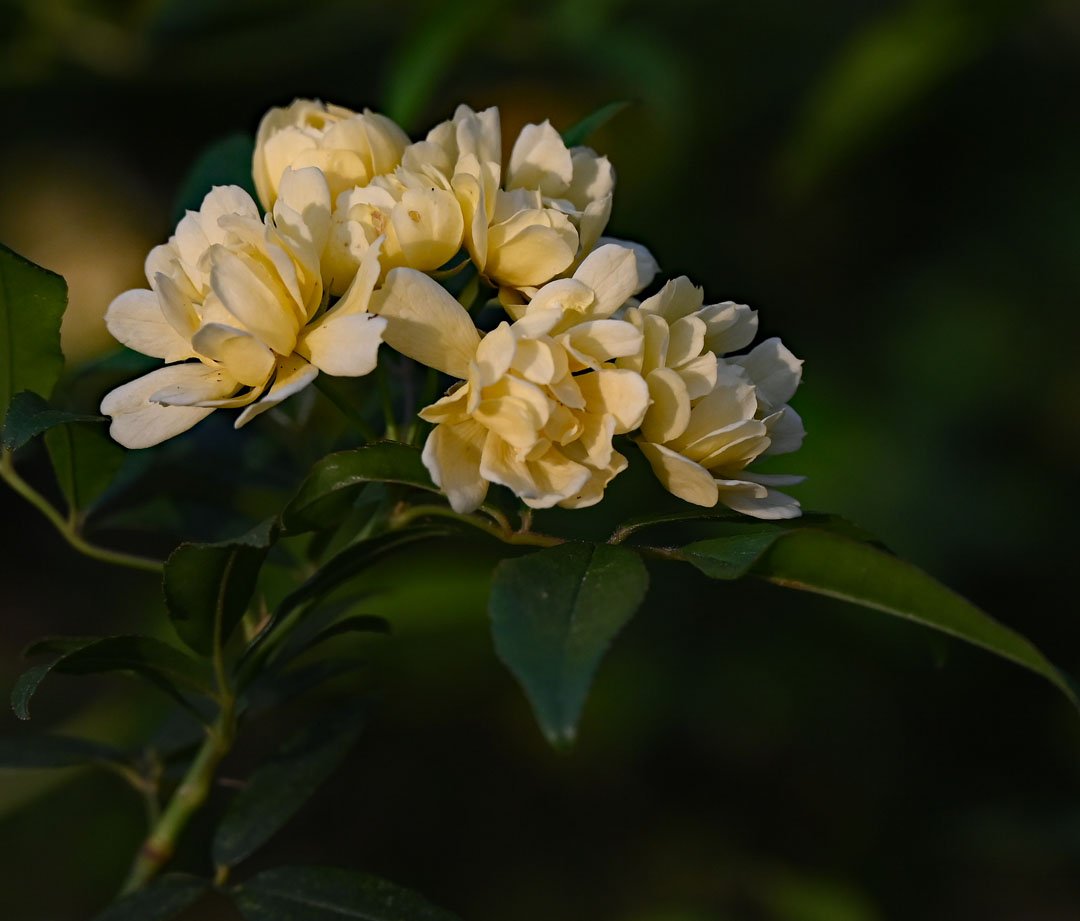
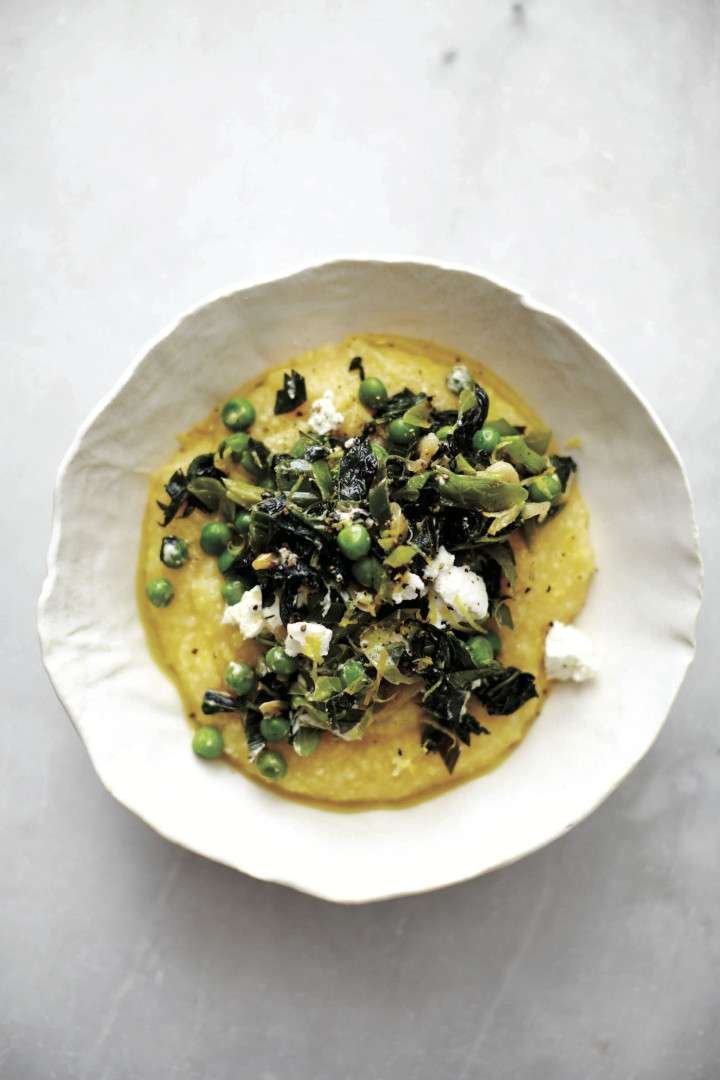



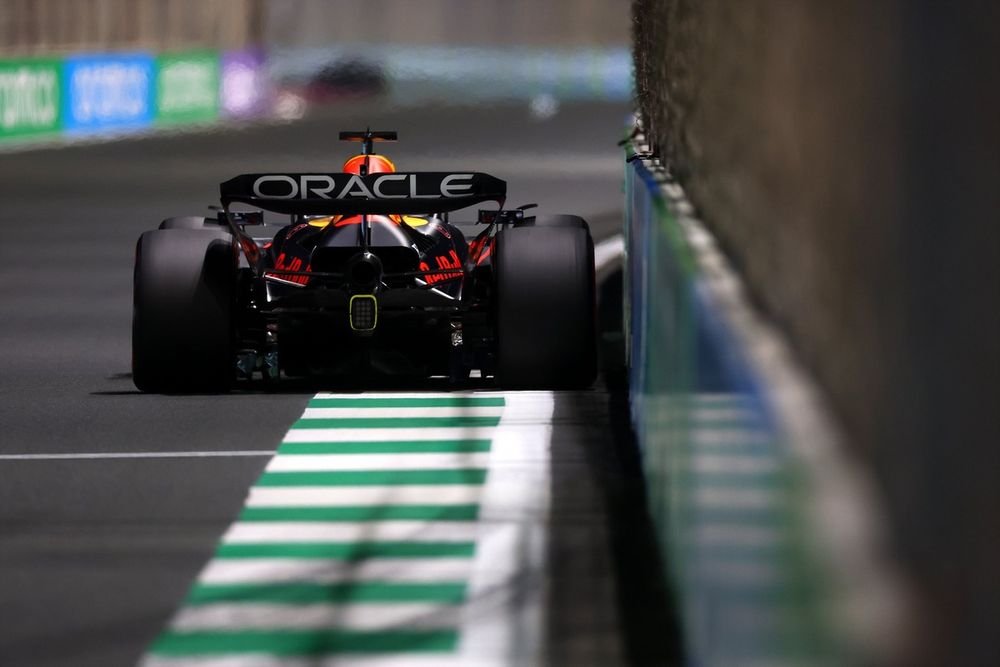
Leave a Reply